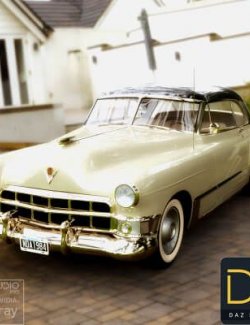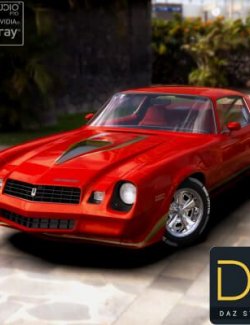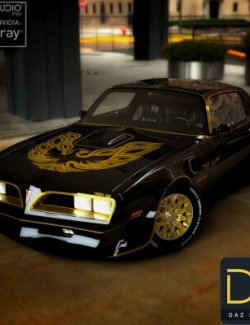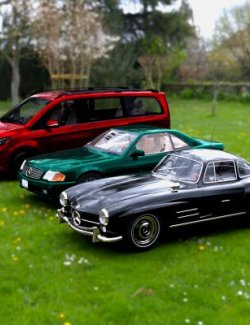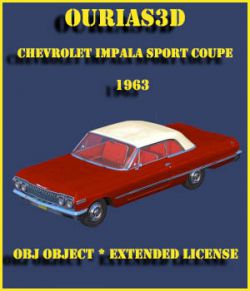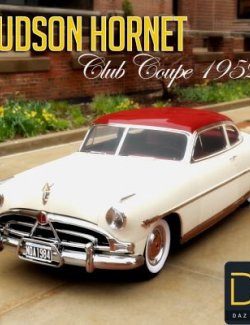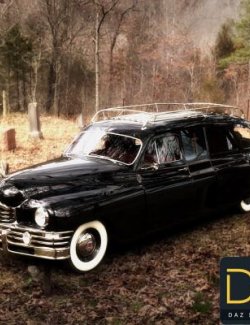The Impala name appeared for the first time in 1958 as a deluxe trim and appearance package on the Bel Air hardtop and convertible. It became a separate, top-of-the-line series in 1959.
Chevrolet introduced a new small-block V8 in 1955, known as 'The Hot One,' that helped it become the performance leader in the low-price field. Successive upgrades followed in 1956 and 1957, the latter boasting fuel injection and achieving the magic one-bhp-per-cubic-inch for its 283 CID engine.
In late 1956, the GM Styling Studios witnessed new trend-setting design cues introduced by the Chrysler Corporation with their Forward Look 'finned' designs. At the time, Chevrolet had just entered its third and final year of the 'Tri-5' family of cars, and along with other GM makes, Chevy had been slated for totally new models for 1959.
The Impala
General Motors celebrated its 50th year of production in 1958 by introducing anniversary models for each of its brands (Buick, Oldsmobile, Pontiac, Chevrolet, and Cadillac). For Chevrolet, it was the Bel-Air Impala (the list of other models included the Pontiac Bonneville Catalina, Buick Limited Riviera, Oldsmobile Starfire 98, and Cadillac Eldorado Seville).
The new Impala subseries in the Bel Air line was offered as a convertible and a 'Sport Coupe' two-door hardtop. Impala's brought Chevrolet's styling cues to new heights with extra taillights and uniquely contoured rear fenders.
The small-block V8 was joined by a new engine, initially designed for truck use, with a 348 cubic-inch displacement, and available in several unique stages of tune, from 250 to 315 bhp. The 'Turbo Thrust' engine was called the 'W' engine in reference to the shape of its valve covers. It delivered massive amounts of torque, making it attractive for truck use, but it soon found its way to passenger cars to capitalize on its power output. Eventually, it evolved into the legendary 409 cubic inch V-8.
The 1959 Chevrylet Impala
Dramatic new styling throughout the industry, particularly with Chrysler, brought about a crash redesign program for General Motors, resulting in 1959 Chevrolets that were radical and attractive, with a low, sleek stance highlighted by a full-width grille with headlights mounted at the outer edge. Nonfunctional slim air intake scoops rested just above the grille. The two-door hardtops had a thin rear C-Pillar that evoked lightness and speed. The most evocative styling was in the back with the gull-wing fins over the cat's eye taillights. While most tailfins of the era protruded upward, the 1959 Chevy's flattened fins stretched outward. The taillights had a long teardrop design wrapped in thick chrome trim.
The top series was now called 'Impala', elevated from trim option status to become Chevrolet's top-of-the-line model, and offered as a four-door sedan, two- and four-door hardtops, a convertible, and a four-door Nomad station wagon.
A redesign of the 1959 Chevrolet Impala allowed it to share bodyshells with lower-end Pontiacs, Buicks, and Oldsmobiles, reducing General Motor's production costs.
Chassis Design
The 1958 Chevrolet vehicles had achieved a lower, longer, and wider stance over the previous year by abandoning the standard perimeter-type frame and replacing it with rails laid out in the form of an elongated 'X.' Chevrolet claimed that this design increased torsional rigidity, but it was not as effective as a traditional perimeter frame in protecting the interior structure in a side-impact crash.
The 1959 Impala used a new X-frame design which allowed the bodies to be two inches wider, the roofline lowered by 3 inches, and the wheelbase increased by 1.5 inches. The wheelbase now measured 19 inches, the length at 210.9 inches, and a width of 79.9 inches. The hardtops stood 54 inches tall, the sedans were 56 inches, and the station wagons were 56.3 inches in height.
The 1959 Impala had a live rear axle, coil springs front and rear, and four-wheel power-assisted hydraulic drum brakes.
Engines
The base engine was an overhead valve inline six-cylinder unit with a 235.5 cubic-inch displacement and had four main bearings, hydraulic valve lifters, a Rochester two-barrel carburetor, and delivered 135 horsepower at 4,000 RPM.
The base V8 was a 283 CID overhead valve unit with a Rochester two-barrel carburetor, five main bearings, and hydraulic valve lifters, and it delivered 185 hp at 4,600 RPM. Optional eight-cylinder engines were a 283 CID V8 with 230, 250, and 290 hp, and a 348 with horsepower that ranged from 250 to 335 hp.
Transmissions
Transmission options included a three-speed manual, overdrive, two-speed Powerglide, close-ratio three-speed, four-speed, Corvette-type Powerglide, and a Turboglide.
Standard Equipment
The well-equipped 1959 Chevy Impala came standard with Impala nameplates, crossed racing flag emblems, full-length side trim moldings, an electric clock, crank-operated front vent windows, armrests (front and rear), dual sliding sun visors, and a contoured hooded instrument panel with deep-set gages. New options for 1959 included a six-way power seat and a 'Speedminder' which allowed a needle to be set at a specific speed, triggering a buzzer when exceeded.
Bodystyles and Pricing
With standard six-cylinder power, the sedan and two-door hardtop sport coupe were priced at $2,600, the hardtop sport sedan at $2,665, and the convertible at $2,850. With the addition of the standard eight-cylinder engine, the base price rose by approximately $120. The four-door, six-passenger Nomad station wagon was listed at $2,890 with six-cylinder power and $3,010 with the base V8.
The 1959 Impala, designed by Bill Mitchell, remains one of America's most dramatic and distinctive automotive designs. It was clear that the styling dictated throughout most of the 1950s was at an end, as Chevrolet was poised to enter the 1960s with long, low, and wide stances, with sleekness replacing boxy and restraint replacing excess. It carried Harley Earl's final input before he retired from GM, with Earl-like cues that included little bullets on the grille and the daring tail fins.
DAZ
This pack for Daz Studio contains a Chevrolet Impala Convertible 1959 with lights and textures included.
Let your imagination run wild and create wonderful scenarios with this stuff.
Have Fun!!
Mesh data
vertices: 81.340
tri ngulos: 89.622

